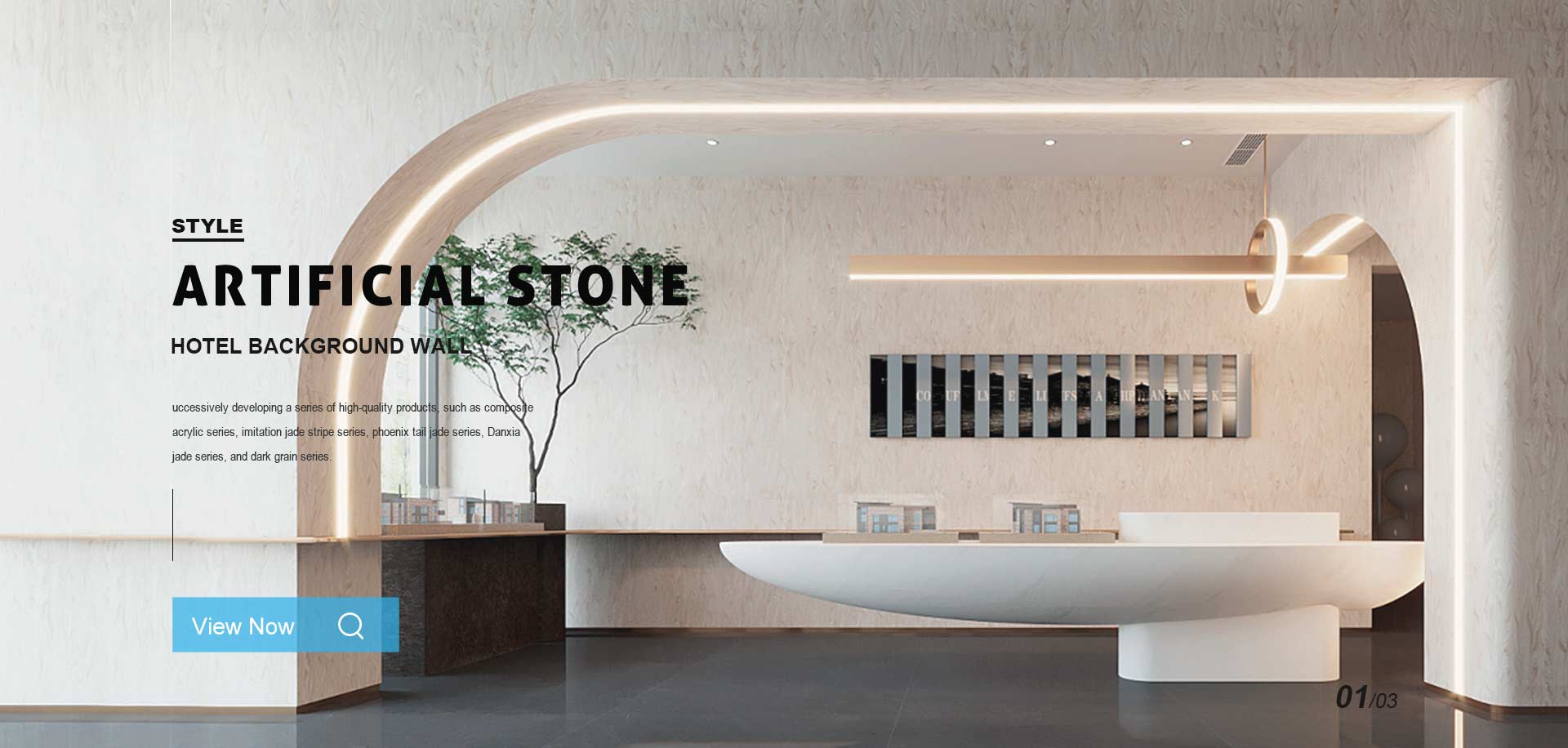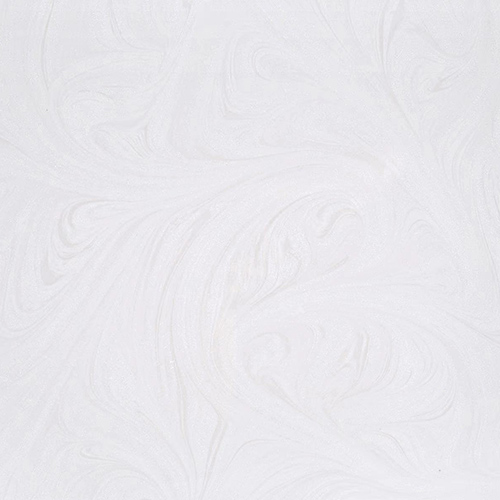
Artificial Translucent Stone, also known as engineered translucent stone or faux alabaster, is a remarkable material crafted through innovative manufacturing techniques. It is designed to mimic the natural beauty and luminosity of traditional translucent stones like alabaster or onyx, while offering enhanced versatility, durability, and customization options.
The material composition of Artificial Translucent Stone can vary based on the specific manufacturer and desired characteristics. In general, it is created by combining a resin binder with various mineral fillers and additives. These components are carefully selected to achieve the desired optical properties, translucency, and appearance.
The primary component, the resin binder, is often a type of polyester or acrylic resin. This binder holds the mineral fillers together and provides the material's structural integrity. The mineral fillers can include materials like natural minerals, glass chips, and other additives that contribute to the stone-like appearance and translucency of the final product.
The manufacturing process involves mixing the resin and fillers to create a homogeneous mixture. This mixture is then cast into molds to form slabs, panels, or other desired shapes. During casting, special techniques can be employed to introduce varying levels of translucency and color effects. The material is then cured, polished, and finished to achieve the desired appearance, texture, and light diffusion properties.
Artificial Translucent Stone offers several advantages over its natural counterparts. Its engineered nature allows for consistent coloration and patterns, which can be challenging to achieve with natural stones. It is also more resistant to staining, chipping, and environmental factors, making it suitable for a wide range of applications such as interior and exterior architectural elements, lighting fixtures, furniture, and decorative art pieces.

Moreover, Artificial Translucent Stone provides designers and architects with a high degree of customization. It can be backlit to create stunning visual effects, and its versatility allows for intricate carving, engraving, and shaping. This opens up creative possibilities that may be limited with natural stone due to its inherent properties.